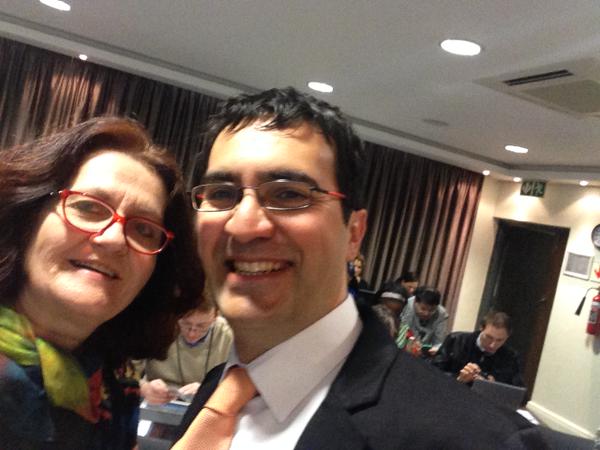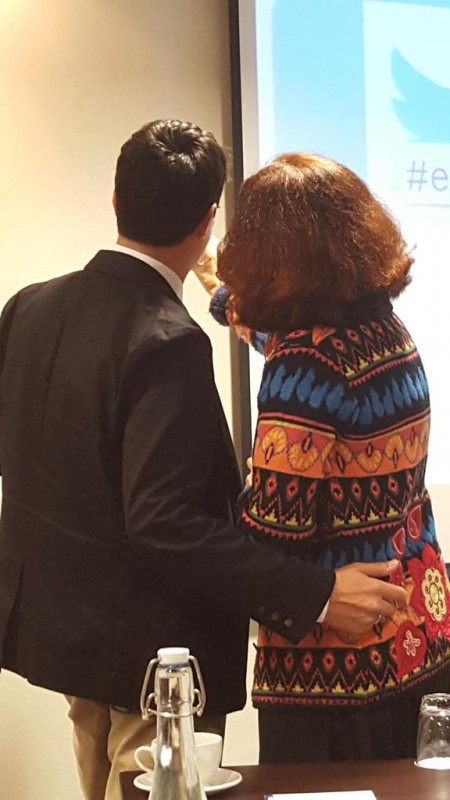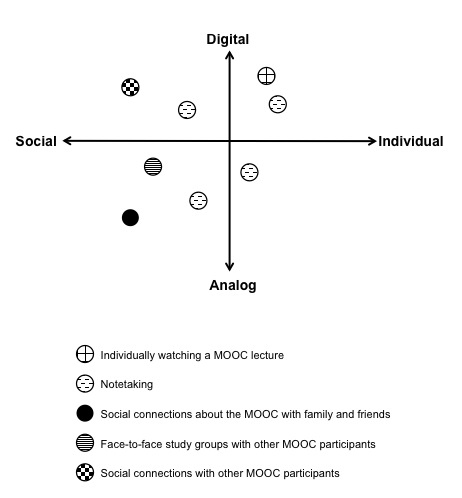Multidisciplinary, interdisciplinary, and crossdisciplinary research represent promising approaches for studying digital learning. Prior research however, discovered that research efforts directed at digital learning via MOOCs were dominated by individuals affiliated with education (Gašević, Kovanović, Joksimović, and Siemens, 2014). In their assessment of proposals submitted for funding under the MOOC research initiative (MRI), Gašević and colleagues show that more than 50% of the authors in all phases of the MRI grants were from the field of education. This result was interesting because a common perception in the field is that the MOOC phenomenon is “driven by computer scientists” (p. 166).
We were curious to understand whether this was the case with research conducted on MOOCs (as opposed to grant proposals) and used a dataset of author affiliations publishing MOOC research in 2013-2015 to examine the following questions:
RQ 1: What are the disciplinary backgrounds of the authors who published empirical MOOC research in 2013-2015?
RQ 2: How does the disciplinary distribution of the authors who published MOOC research in 2013-2015 compare to that of the submissions to the MRI reported by Gašević et al. (2014)?
RQ 3: Is the 2013-2015 empirical research on MOOCs more or less interdisciplinary than was previously the case?
Results from our paper (published in IRRODL last week) show the following:
– In 2013-2015, Education and Computer Science (CS) were by far the most common affiliations for researchers writing about MOOCs to possess
– During this time period, the field appears to be far from monolithic, as more than 40% of papers written on MOOCs are from authors not affiliated with Education/CS.
– The corpus of papers that we examined (empirical MOOC papers published in 2013-2015) was less dominated by authors from the field of education than were the submissions to the MOOC Research Initiative.
– A comparison of affiliations with past published papers shows that recent MOOC research appears to be more interdisciplinary than was the case in research published in 2008–2012.
We draw 2 implications from these results:
1. Current research on MOOCs appears to be more interdisciplinary than in the past, suggesting that the scientific complexity of the field is being tackled by a greater diversity of researchers. This suggests that even though xMOOCs are often disparaged for their teacher-centric and cognitivist-behaviorist approach, empirical research on xMOOCs may be more interdisciplinary than research on cMOOCs.
2. These results however, also lead us to wonder whether the trend toward greater interdisciplinarity of recent research might reflect (a) the structure and pedagogical model used in xMOOCs, (b) the greater interest in the field of online learning, and (c) the hype and popularity of MOOCs. Could it be that academics’ familiarity with the xMOOC pedagogical model make it a more accessible venue in which researchers from varying disciplines can conduct studies? Or, is increased interdisciplinary attention to digital education the result of media attention, popularity, and funding afforded to the MOOC phenomenon?
We conclude by arguing that “The burgeoning interest in digital learning, learning at scale, online learning, and other associated innovations presents researchers with the exceptional opportunity to convene scholars from a variety of disciplines to improve the scholarly understanding and practice of digital learning broadly understood. To do so however, researchers need to engage in collaborations that value their respective expertise and recognize the lessons learned from past efforts at technology-enhanced learning. Education and digital learning researchers may need to (a) take on a more active role in educating colleagues from other disciplines about what education researchers do and do not know about digital learning from the research that exists in the field and, (b) remain open to the perspectives that academic “immigrants” can bring to this field (cf. Nissani, 1997).”
For more on this, here’s our paper.



